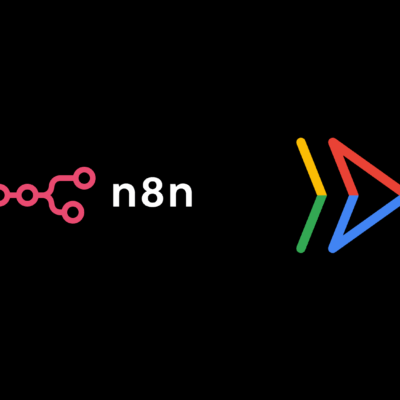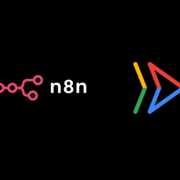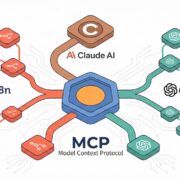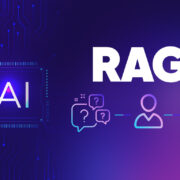
Tech ecosystems form the backbone of modern business operations. Typically consisting of interconnected networks of platforms, applications, tools, and services, these digital systems work seamlessly together in order to enable faster workflows, better decision-making, and innovation at a larger scale.
By building bridges between technologies, organizations can create flexible ecosystems that adapt to changing markets, customer expectations, and technological advancements. However, when infrastructure is weak or becomes fragmented, significant challenges can arise. Disconnected platforms, operators, and data silos can threaten to slow down collaboration, limit visibility, and even stifle innovation.
So how can we make sure our tech ecosystems stay robust and current? Here are some of the most commonly used methods system engineers are using to ensure their interconnecting infrastructure stays future-ready.
Enforcing File Type Standardization
With so many different technology platforms available today, it can be easy for individual users to break off into their own system habits. File standardization procedures help provide additional structure here that can ultimately maintain order in your company intranet and digital records.Standardizing which file and asset types your company primarily works with will ultimately make it easier for staff to navigate your digital systems with confidence.
A great place to start here is by creating guidelines for file formatting. Committing to using a standardized PDF editor like Adobe Acrobat is one easy fix for this, since PDFs are already the standard for most industries and can be universally accessed across all devices.
File standardization is also effective for workplaces that need to adhere to graphic design standards (i.e. image sizing for social media content). By ensuring employees are working with the same file standards, issues like file compatibility and conversion will be old news in no time. With discipline and patience, these standards can become commonplace, and expectations for standardized work will evolve into good, cohesive habits.
Implementing Cloud Solutions
Cloud platforms offer built-in interoperability, allowing applications and data sources to communicate more easily across different environments and users. By moving away from siloed, unreliable systems restricted to the premises, like malfunctioning hard drives and data towers, organizations can benefit immensely from greater scalability, standardized integrations, and centralized management.
Hybrid cloud models, in particular, are proving valuable by bridging the gap between older technologies and modern cloud platforms, boosting productivity and progress. If your organization is using outdated systems and needs a digital transformation strategy that allows for migration, a hybrid cloud model may help bridge the seemingly cavernous gap between traditional and digital record channels.
In short, implementing cloud solutions for data management and file preservation can enable companies to gradually modernize their systems while still preserving critical legacy applications that remain vital to operations. It can also address that old headache where people always lose important files because they insist on saving them directly to their computer. Today, everything is safer in the cloud!
Using AI for Automation Management
Artificial intelligence is increasingly being implemented by more organizations to help streamline the management of their complex infrastructure integrations. AI-powered tools can automatically monitor connections between cloud systems, detect any errors or bottlenecks, and even self-correct their own data flow issues in real time.
This kind of automation can dramatically reduce downtime and improve accuracy and output while minimizing the need for constant manual oversight. By harmonizing data across disparate platforms, automated AI workflows can ensure businesses maintain consistency and reliability throughout all of their operations with less manpower.
As integration ecosystems grow in complexity, leveraging AI-driven automation with established human talent will become essential for maintaining efficiency and resilience in the years to come. The shared end goal here is that it will ultimately be much easier to combat infrastructure issues when AI is dealing with all of our more mundane, administrative tasks – like email replies and firewall hiccups.
Upskilling Teams & Hiring Specialists
Technology alone cannot solve integration challenges. Businesses will also need people with the right expertise to bring plans into action. Upskilling existing teams in modern integration frameworks, cloud technologies, and API management ensures that staff are equipped to handle the ever-evolving demands of business.
Many enterprises are also investing in dedicated integration teams, such as in-house API developers or cloud integration specialists, who can architect and maintain robust interoperability strategies. By combining workforce development with targeted hiring, organizations can build stronger internal capabilities, reducing reliance on third parties and ensuring long-term sustainability in their digital transformation efforts.
Ideally, as leadership works to improve upon their organization’s infrastructure systems, no one ought to be thrown to the wayside in order to do so. Rather, this exercise should be seen as an exciting opportunity to both hire new talent as necessary and also upskill current loyal teammates—there’s no reason to not do both!
Future Outlook: A More Connected Ecosystem
The dangers of poor interconnecting infrastructure cannot be overstated. Fragmented systems, data silos, and a lack of standardization between projects can only breed costly inefficiencies and security vulnerabilities. Without innovative intervention, these structural weaknesses will continue to undermine the very ecosystems organizations have come to rely upon to remain competitive in today’s markets.
Fortunately, a wide array of tools are available that can help bridge these gaps. From adopting cloud system networks to leveraging innovative AI-powered automation solutions, businesses have countless new avenues available to help combat their poor or outdated interconnecting infrastructure. Investments in workforce development through upskilling and hiring are also equally important for ensuring that technical capabilities keep pace with ever-evolving demands and turnover of hands.
By committing to collaboration, standardization, and investment in new infrastructure, businesses can move closer to bridging their technology gaps, creating a more unified, secure, and sustainable ecosystem for all. After all, it is only by working together better that any organization can truly hope to make new advancements in this new economic epoch.









